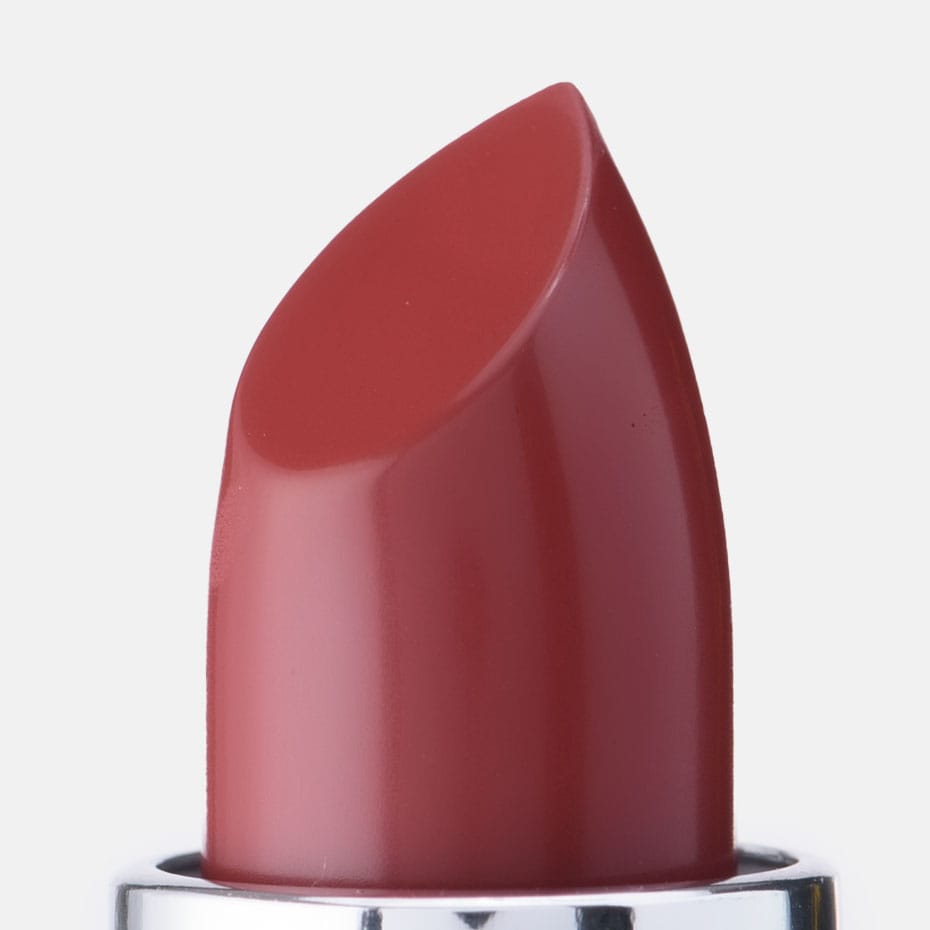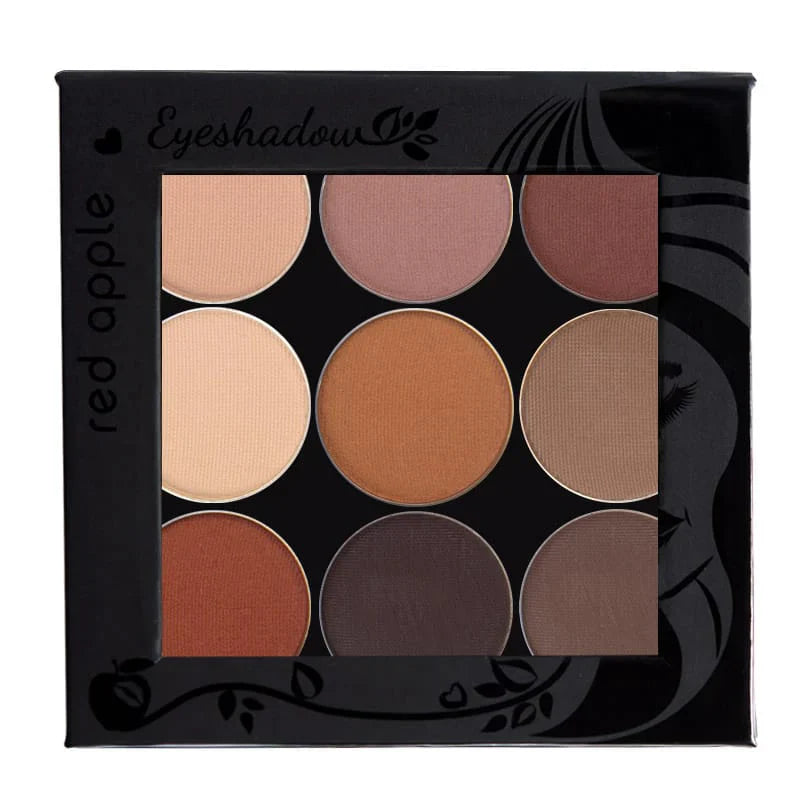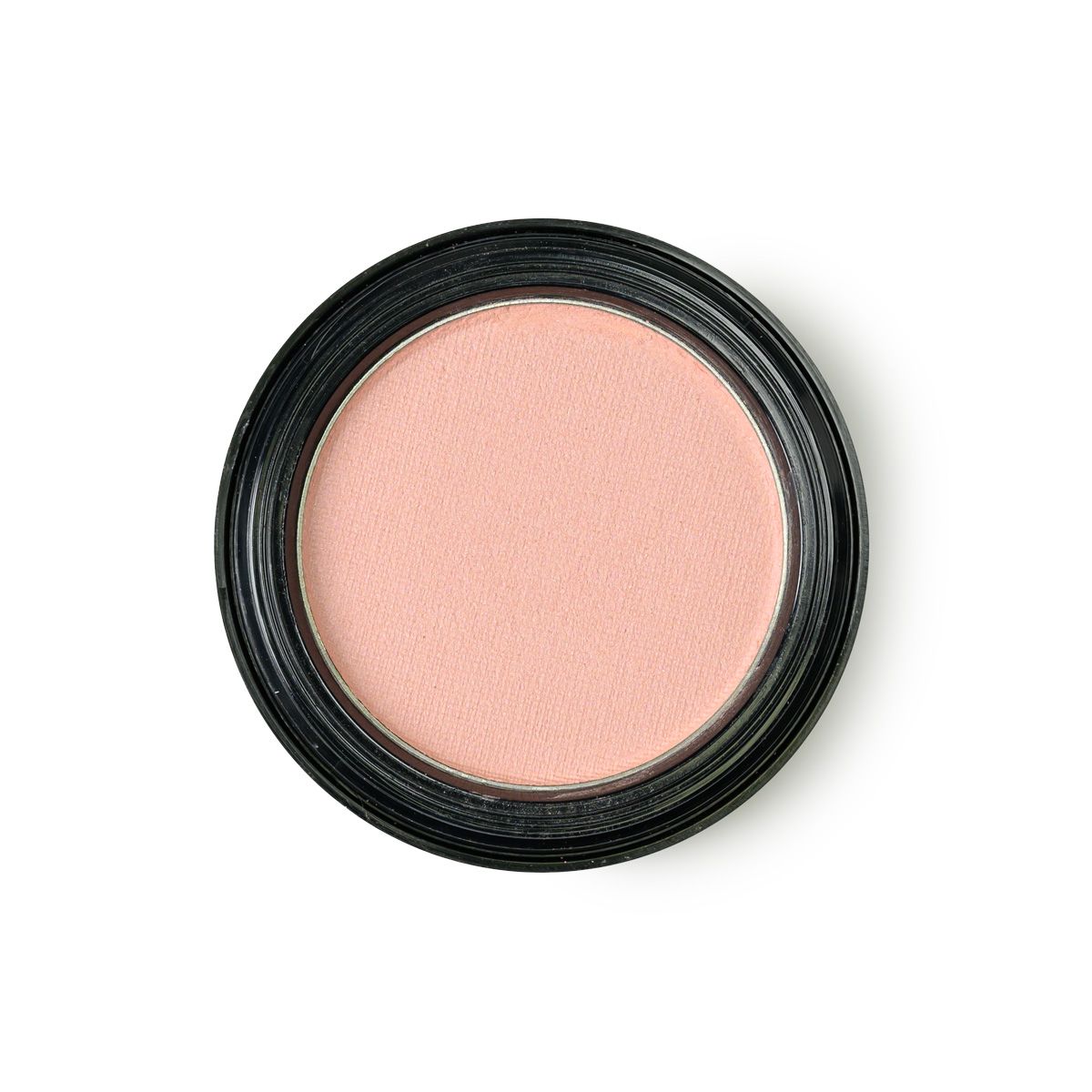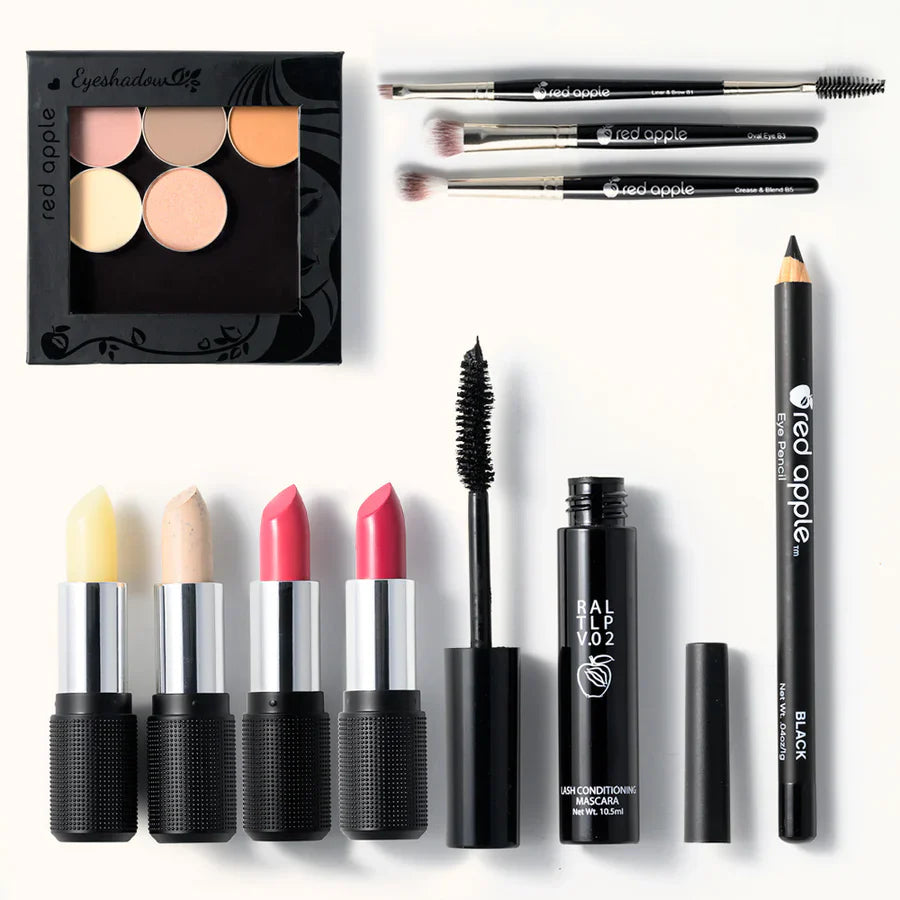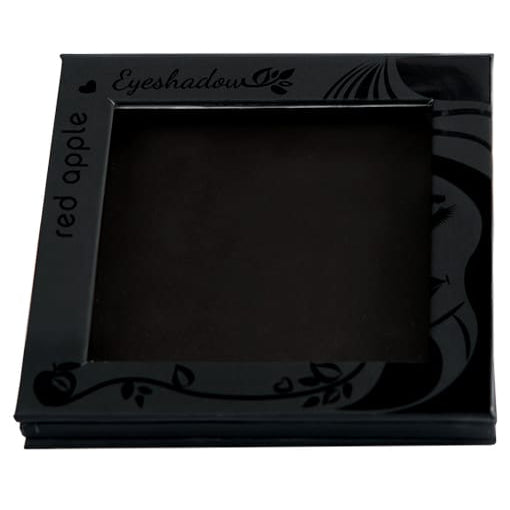When Does Makeup Expire? Safe Makeup Shelf Life Guide | Red Apple Lipstick
Did you know your makeup bag could be hiding unwanted guests?
It is true, makeup expires, and using outdated products can turn your cosmetics into a hotspot for bacteria. Let us look at when to toss old products and how to keep your beauty routine safe and fresh.
Table of Contents
Once you know a product is expired, throw it out. That can feel hard, but bacteria building up near your eyes or lips is a recipe for irritation or infection. Your face deserves fresh, unexpired makeup.
If you want to dive deep into why you should throw old products away, read our post on What Happens to Expired Makeup.
So, what is the shelf life of makeup? When should you replace your beauty products, including Red Apple Lipstick products? Below is a timeline guide for each category of makeup. Bookmark this guide so you can always know when a product has expired and what to look for if you cannot remember when you opened it.
When Does Makeup Expire?
Most makeup and skincare products do not have an official expiration date like food does.
Instead, they usually have a PAO (Period After Opening) symbol on the box or the packaging.
This PAO symbol tells you how many months you have to use the product before it expires. It is very helpful to follow these suggested usage time frames.
Powder cosmetics last the longest of all formulations because they are dry and contain little to no moisture.
Liquid and cream products have the shortest life because they contain more moisture.

Makeup Expiration Dates By Category
- Foundation - Liquid and cream foundations: 6 to 12 months once opened. Powder foundations: up to 24 months.
- Concealer - Liquid and cream formulations: 6 to 12 months. Powder formulations: 18 to 24 months.
- Face Powder - Setting powder, finishing powder, and highlighters: 12 to 24 months.
- Blush - Powder formulas: 24 months. Cream blushes: up to 12 months. The PAO time for RAL blushes is 24 months.
- Bronzer - Powder: 24 months. Cream formulas: up to 12 months. RAL Sundrop Bronzer has a PAO time of 24 months.
- Primer - Primers can last from 6 months to 24 months. Face primers are usually around 12 months, some up to 24 months. Eyeshadow primer: 6 to 12 months. The PAO time for the Prime Time Eye Shadow Primer is 12 months.
- Eyeshadow - Powder eyeshadow: 24 to 36 months. Cream eyeshadow: 6 to 12 months. RAL eyeshadows have a PAO time of 24 months.
- Eyeliner - Liquid eyeliners: 3 to 6 months. Gel liners: 6 to 12 months. Pencil eyeliners last longer because you can sharpen them and remove surface bacteria. Eyeliner pencils: 12 to 24 months. RAL eyeliner pencils have a PAO time of 12 months.
- Mascara - Mascara should be replaced often because it sits very close to the eye and cannot be cleaned. Mascaras: 3 months, 6 months at most. RAL The Lash Project Mascara has a PAO time of 3 to 6 months.
- Lip Balm - Lip balms: 6 to 12 months. The PAO time for RAL Rallye Balm is 12 months.
- Lip Liner - Like eyeliner pencils, lip liners last 12 to 24 months. The PAO time for RAL lip liner pencils is 12 months.
- Lipstick and Glosses - Lipsticks: 12 months, sometimes up to 24 months if they include extra preservatives. Lip glosses: 6 to 12 months. Both RAL lipsticks and RAL lip glosses have a PAO time of 12 months.
- Setting Spray and Face Mists - Around 12 months, sometimes a little longer.
Quick shelf life reminders
- Liquids and creams usually need to be replaced within about a year.
- Powders often last two years or more if stored cool and dry.
- Be extra careful with eye products and replace them on the early side.
Natural and organic beauty products often have a shorter shelf life because they usually contain fewer or no preservatives. Makeup from drugstores and big box stores is often produced a year or more before you even see it on the shelves.
This delay makes it even more important to pay attention to the Period After Opening (PAO) symbol, which shows how long the product remains safe to use after you open it.
While preservatives sometimes get a bad reputation, they are essential for keeping products free of harmful bacteria during this time.
How Do I Know If My Makeup Is Expired?
If you do not remember when you opened a product, you can still check for the most common signs of expired makeup.
- It smells off, rancid, unusual, or simply not fresh.
- You notice a change in texture or consistency.
- It applies differently than you are used to.
- You see separation happening in the formula.
- The pigment or shade changes or looks faded.
These are clear signs that makeup is already expired, so toss those products without hesitating.
If lip products feel gritty or dry, that can also signal it is time to replace them and reset your routine with a gentle exfoliator such as the Lip Exfoliate Stick and a soothing balm like Rallye Balm.
Can I Prolong the Life of My Makeup?
Yes. It mainly comes down to how you store products and how clean you keep everything that touches your face.
- Store makeup in a cool, dry place. Humid bathrooms are one of the worst spots for makeup.
- Do not leave makeup in a hot car.
- Avoid storing products right in front of a bright window.
- Keep makeup containers closed tightly when not in use.
- Always wash your hands before applying products.
- Clean makeup brushes and sponges often.
- Spray powder products and lipsticks with alcohol, then let them air dry, especially after sharing makeup.
- Use a clean lip brush such as the Vegan Lip Brush when you want precise application without constantly touching the bullet to your lips.
- Do not share makeup. We already have our own bacteria to manage, so there is no need to add more from other people.
Heat, humidity, and direct sunlight shorten your makeup’s shelf life by helping bacteria grow and by breaking down natural ingredients. Heat can also negatively affect any active ingredients in a product.
Makeup Stored in the Bathroom Is Especially Risky
Hot steam from showers can cause mold and bacteria to grow much faster. It may feel annoying to store makeup somewhere else, but it really helps keep products safer for longer. Some better storage ideas:
- In your closet.
- In your bedroom.
- In a closed makeup case inside the bathroom cabinet.
- If you choose to store it in the bathroom, run the fan during your shower and for about 30 minutes after to reduce humidity.
Does Makeup Expire If Unopened?
We have talked about when opened products expire, but what about those that are still sealed? Many people wonder if products still in the package can expire. The answer is yes, unopened cosmetics and personal care products do have a shelf life.
Over time, unopened products go through a similar breakdown process as opened products. Stocking up on items that you do not plan to use soon can end up wasting money if they expire before you open them. Proper storage helps them last longer, but it is still important to check dates when you receive them.
Always look for an expiration date on the packaging because many products include one. When they do, it takes the guesswork out of the process. When there is no printed date, here is a general guideline for how long unopened products can last if stored correctly:
- Liquid foundation and cream foundation - Up to 2 years.
- Concealer - About 2 years.
- Powders (foundation and face powders, powder blush, bronzers, and eyeshadows) - Up to 3 years.
- Lip and eyeliner pencils - 2 to 3 years.
- Mascara - 12 to 18 months.
- Lipstick and lip gloss - Up to 2 years.
Letting go of makeup can be hard, especially when you love a shade. But it is far better than risking bacterial growth. Because this matters so much, it helps to keep track of when each product is opened so that you have a clear idea of how old it is.
Can We Use Makeup After Its Shelf Life?
Cosmetic chemists are the experts when it comes to makeup. They know when a product will go bad and when it is still safe to use.
Our cosmetic chemist has seen what can happen when you keep using expired products. When your favorite lipstick goes past its expiration date, the ingredients may start to separate. That does not always mean you must stop wearing it, but you should never mix different products together or apply anything that looks or smells strange. If the smell is very strong, it is safer to throw it out.

You Can Feel the Difference
A makeup artist we know says you will often find that expired cosmetics are harder to apply or do not give the same result as they did when they were new. Beauty products naturally break down over time, which means bacteria levels increase too.
So, always check for a printed date or PAO symbol, especially before buying new face cream, lipstick, mascara, or other essentials. When in doubt, it is usually better to get a fresh tube.

Mark Your Products When You Open Them
A simple idea is to place a small sticker on each product with the month and year you opened it. Check your makeup regularly, and if you notice any signs of expiration, it is time to toss it. You can always refer back to this guide, so make sure to bookmark it.

Do Not Forget The Smell Test
With proper storage, your products can last a good long time. Some products, like eye makeup, are easy to check with your eyes. Others require your nose. Products such as liquid eyeliner, eye cream, and lip products can trap a lot of bacteria, and over time that bacteria starts to smell.
Give your beauty products a quick sniff. When they go bad, they usually take on a sour or rotten odor. If that happens, it is a sign to say goodbye.
Frequently Asked Questions
When Should I Throw Out Makeup?
It is a good idea to throw out makeup products that you have had for more than 2 years. In general, liquid and cream products will last about 6 to 12 months, while powder products can last a couple of years, sometimes longer if stored correctly. Mascara and liquid eyeliners should be replaced more often because they expire faster. Plan to throw those out every 3 to 6 months.
What Happens If You Use Old Makeup?
Excellent question. There is a full article that answers this in detail, called What Happens to Expired Makeup. We highly recommend reading it to understand how old products can affect your skin and eyes.
When Should I Throw Away My Eyeshadow Palette?
When stored correctly in a cool and dry place, eyeshadows will last at least 2 years. Always check your shadows for changes in smell, texture, pigment, or if they start to harden. If any of those signs show up, it is time to throw them away and replace them with a fresh palette.
How Do I Check My Makeup Expiry Date?
Always check the labels on your makeup products. Most will have a small symbol of an open jar with a number of months printed on it. This is called the PAO (Period After Opening) symbol. It tells you how many months the product is good for after opening. If you no longer have the outer box or feel unsure, contact the maker of the product. They want you to be happy and safe.
Why Should You Throw Away Old Makeup?
The main reason to throw away old makeup is that, over time, bacteria can begin to grow in any product. Once ingredients start to break down, the risk of bacterial growth rises quickly, and the product becomes unsafe to use. Continuing to use old products past their recommended dates can cause clogged pores, breakouts, irritation, or even more serious infections.

